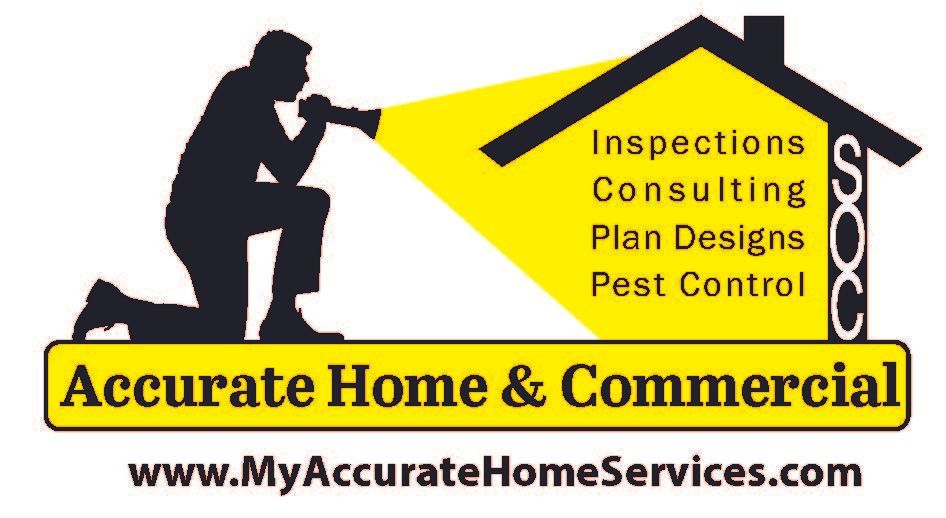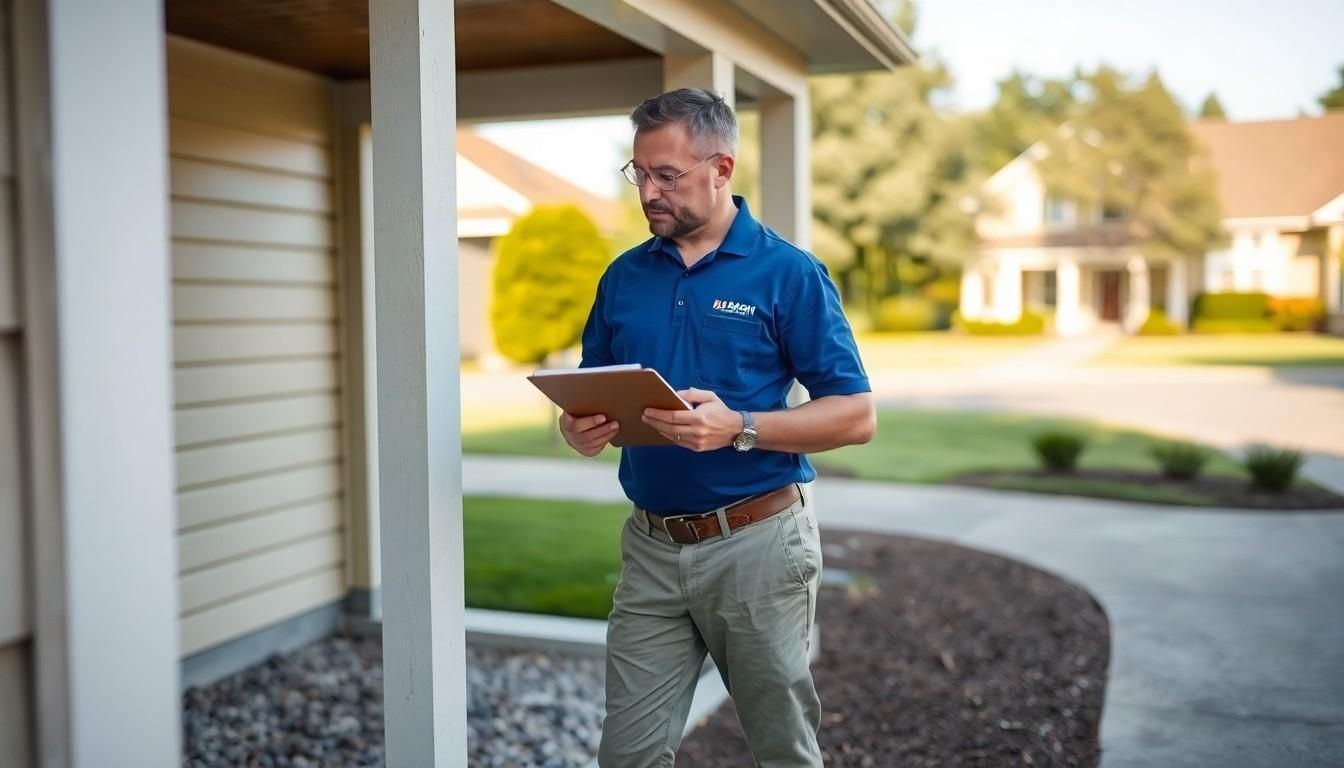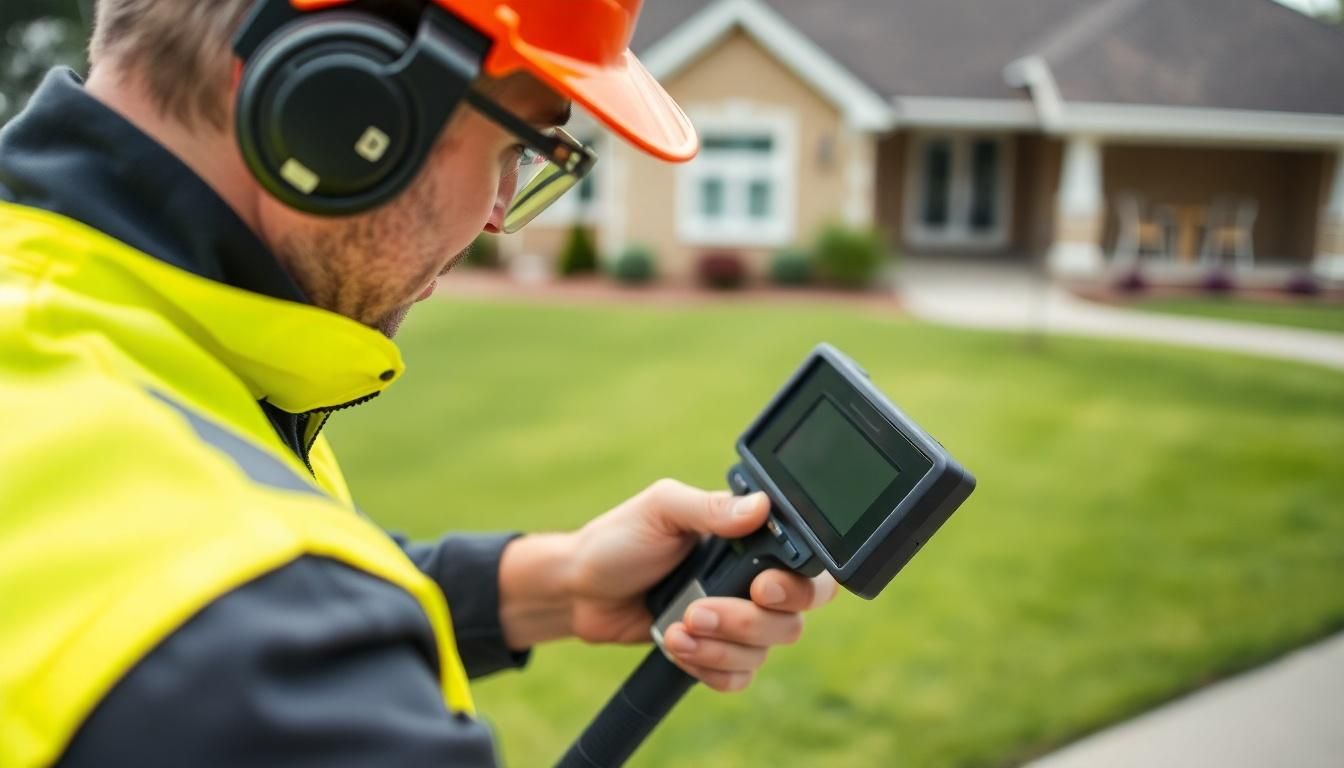Reviewing Your Accessibility Plan Requirements for Glowing Result
Reviewing accessibility plan requirements can be daunting for many. Homeowners and businesses alike often feel overwhelmed by the complexities of ensuring compliance with regulations. From understanding specific guidelines to implementing necessary changes, the process can lead to frustration and confusion.
But with the right guide, you only need to use experts to ensure a smooth review process, allowing you to focus on what truly matters—creating spaces that are welcoming and inclusive for everyone.
Understanding Accessibility Plan Review Requirements
Accessibility plans are structured documents outlining how a space complies with the Americans with Disabilities Act (ADA) and other accessibility standards. These plans ensure that all public and commercial sites are accessible to individuals with disabilities, detailing specific modifications and features in design.
Definition of Accessibility Plans
Accessibility plans serve as a roadmap for implementing necessary adjustments to meet legal requirements. They typically include site evaluations, design specifications, and compliance strategies. Effective plans address elements such as parking, entrances, restrooms, and pathways, ensuring accessibility for all individuals.
Importance of Accessibility Compliance
Accessibility compliance promotes inclusivity and equal opportunities for individuals with disabilities. Failure to comply can result in legal liabilities and fines. Moreover, adherence to accessibility standards enhances a business's reputation and broadens its customer base by accommodating diverse community members. Accurate Home and Commercial Services aids in navigating these requirements, focusing on creating inviting and compliant spaces for all.
Key Components of Accessibility Plans

Accessibility plans include essential components that ensure compliance with regulations and promote inclusivity. Two key areas of focus are physical accessibility standards and digital accessibility guidelines.
Physical Accessibility Standards
Physical accessibility standards encompass architectural features and design elements that accommodate individuals with disabilities. These standards often align with the Americans with Disabilities Act (ADA) and specify requirements for ramps, door widths, and accessible restroom facilities. They ensure paths of travel are clear and unobstructed, promoting safety and ease of access. Compliance with these standards minimizes barriers for individuals with mobility challenges, allowing for greater participation in public and private spaces. Adhering to these physical standards reflects a commitment to creating welcoming environments for all.
Digital Accessibility Guidelines
Digital accessibility guidelines ensure that online content is usable for individuals with various disabilities. Websites and applications must include features like text alternatives for images, keyboard navigation, and clear labeling of interactive elements. Compliance with the Web Content Accessibility Guidelines (WCAG) enhances user experience and allows individuals with visual or auditory impairments to engage with digital platforms effectively.
Implementing digital accessibility fosters an inclusive online environment, where everyone can access information and services without hindrance.
Reviewing Accessibility Plans

Reviewing accessibility plans ensures compliance with regulations and enhances inclusivity. A structured approach facilitates effective analysis of these essential documents.
Steps for a Comprehensive Review
- Identify compliance requirements. Understand the specific guidelines outlined by the Americans with Disabilities Act (ADA) and local standards.
- Evaluate site layouts. Assess physical areas for barriers, such as entranceways or pathways that may impede accessibility.
- Review design specifications. Confirm that all architectural details align with accessibility standards, including door widths and signage.
- Analyze user feedback. Gather insights from individuals with disabilities to identify unaddressed challenges in the space.
- Document findings. Create a comprehensive report summarizing compliance levels and necessary adjustments for enhancement.
Tools and Resources for Evaluation
- Accessibility checklists. Utilize standardized checklists that outline critical accessibility features for both physical and digital spaces.
- ADA compliance software. Implement software solutions designed to assess plans against ADA criteria efficiently.
- Site assessment tools. Use measurement devices to confirm accurate data collection on dimensions and layouts.
- Online training resources. Access webinars and tutorials that cover the latest in accessibility standards and compliance strategies.
- Consult expert services. Engage with licensed professionals like Accurate Home and Commercial Services, ensuring a thorough review process.
Common Challenges in Accessibility Plan Reviews
Accessibility plan reviews encounter several challenges that can complicate the process. These challenges include identifying and understanding compliance issues while evaluating physical and digital environments.
Identifying Barriers to Compliance
Identifying barriers to compliance involves recognizing physical obstacles, such as improper slopes on ramps, or inadequate signage for accessible facilities. Awareness of digital roadblocks remains equally critical, including inaccessible websites that lack screen reader compatibility. Organizations must assess existing conditions and gather user feedback to pinpoint these barriers effectively. Without thorough assessments, hidden challenges may lead to compliance gaps, which can result in legal issues.
Strategies for Overcoming Challenges
Strategies for overcoming challenges in accessibility plan reviews include engaging experts, utilizing technology, and conducting regular training.
Employing licensed professionals ensures comprehensive evaluations of both environments. Leveraging software tools simplifies tracking compliance and identifying potential issues. Consistent staff training keeps accessibility best practices prominent within the organization, fostering a culture of inclusion. These methods collectively promote effective compliance with accessibility standards, ensuring that spaces remain welcoming for everyone.
For more information about ADA compliance in Texas, consult Accurate Home and Commercial Services, your trusted partner for effective access solutions.
Conclusion
Navigating accessibility plan review requirements can be daunting for many homeowners and businesses. However, with the right support and resources it's possible to create inclusive environments that meet legal standards.
Accurate Home and Commercial Services stands out as a valuable partner in this journey by offering expert guidance tailored to individual needs. Their commitment to thorough assessments ensures that clients can confidently implement necessary changes while fostering a culture of accessibility. By prioritizing compliance and inclusivity businesses not only enhance their reputation but also contribute to a more equitable society for everyone.
Frequently Asked Questions
What are accessibility plans?
Accessibility plans are structured documents that outline how a space complies with the Americans with Disabilities Act (ADA) and other accessibility standards. They detail necessary adjustments, including site evaluations, design specifications, and compliance strategies, to create inclusive environments for individuals with disabilities.
Why are accessibility compliance and reviews important?
Accessibility compliance ensures inclusivity and equal opportunities for individuals with disabilities. Regular reviews of accessibility plans help identify and address barriers, protecting businesses from legal liabilities while enhancing their reputation for being welcoming and considerate.
What challenges do homeowners and businesses face with accessibility requirements?
Homeowners and businesses often encounter confusion and frustration due to the complexity of compliance requirements. Common challenges include identifying physical and digital barriers, understanding regulations, and effectively implementing necessary adjustments in their plans.
What are physical and digital accessibility guidelines?
Physical accessibility guidelines focus on architectural features that accommodate individuals with disabilities, like ramps and accessible restrooms. Digital accessibility guidelines ensure online content is usable for everyone, requiring components like text alternatives for images and keyboard navigation for improved accessibility.
What tools can help in evaluating accessibility compliance?
Tools for evaluating accessibility compliance include checklists, ADA compliance software, site assessment tools, and online training resources. Consulting licensed professionals can also enhance the evaluation process, ensuring thorough reviews of spaces for compliance.











